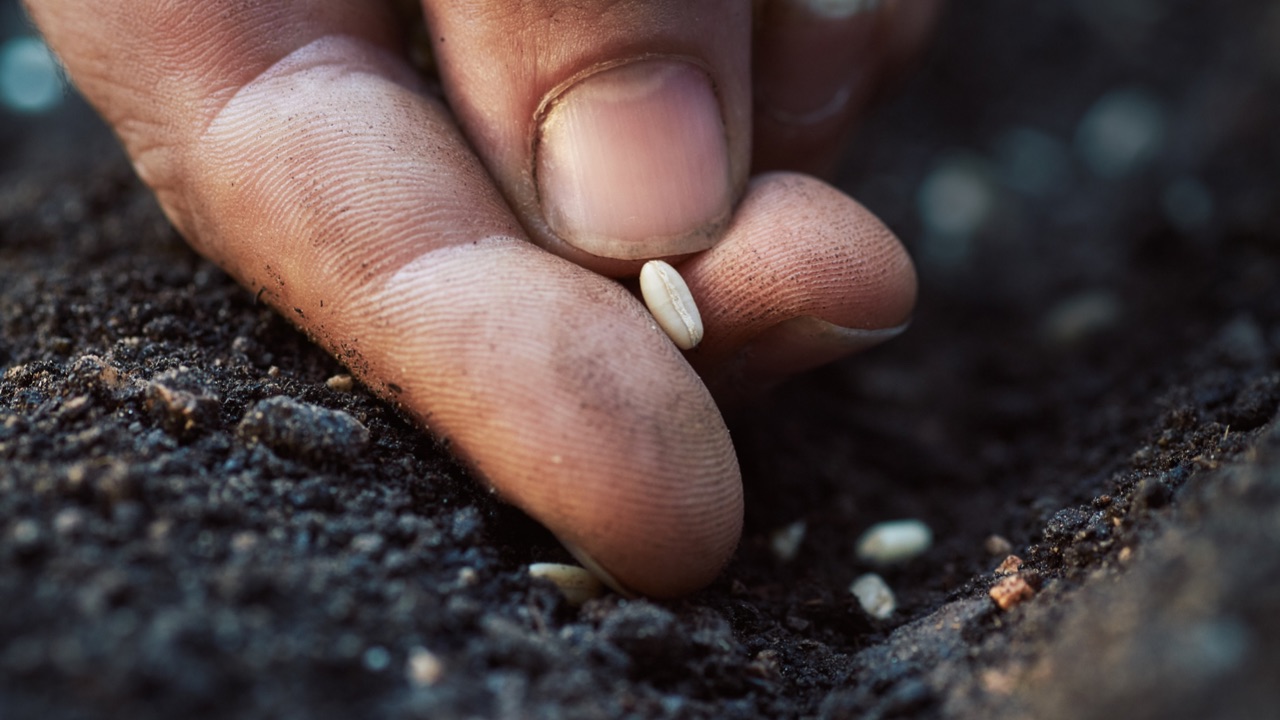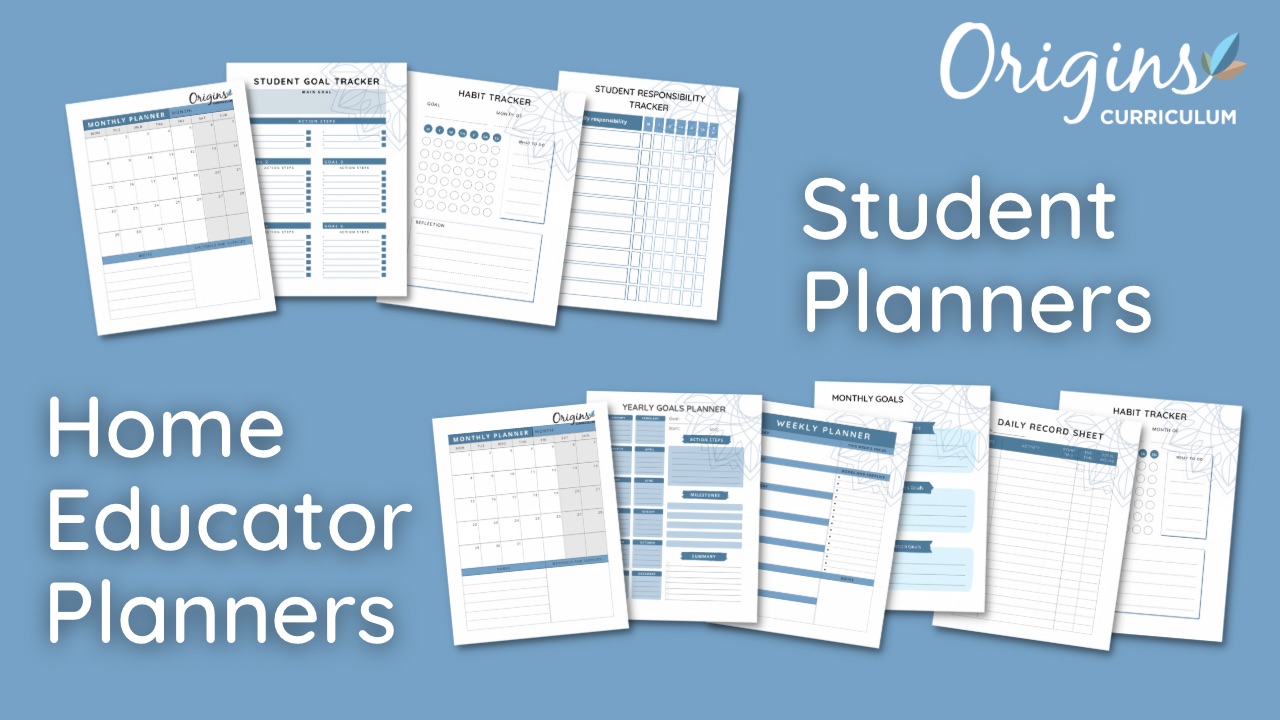New Year to a Child
Jan 09, 2023
Resolutions are a topic of conversation around the New Year, and the first month of the year is an optimal time for reflection on the previous year and for thoughtful goal-setting to guide how we want the coming year to look and feel. The subject of resolutions is fairly abstract until pre-adolescence or later. But, once a child is self-aware and can self-reflect, the prerequisites for intention-setting have been met.
The practice of conscious reflection and intentionality is beneficial for children to engage in, as it encourages child-led learning and autonomy. When children are given agency in what they want to accomplish and how they want to accomplish it, they are more open to learning.
This article shares how to make New Year’s resolutions tangible and developmentally appropriate for young children.
Setting Intentions With Preschool-Aged Children
Self-awareness is traditionally associated with the ability to recognize one’s self in a mirror. This typically occurs between 15 and 18 months. Other manifestations of self-awareness as children develop include their reference to self by name, their preference for one thing over another, and the use of the word “no.” A child must be consciously aware that they are an individual before they can self-reflect.
When children can recall an event that happened earlier, they can self-reflect. It may take practice, but they can bring up a memory and remember how they felt. Now, they can be taught to think ahead, use self-reflection to predict how something might make them feel, and consider how they want to feel. If a child is self-aware, and has experience with self-reflection, it is an appropriate next step to encourage that child to set intentions.
Now, how do we make intentions less abstract? Read on for a concrete way to teach about intentions for preschool-aged children.

Planting seeds: Consider making the phrase “plant your intentions” literal. Take a handful of seeds and explain that you are going to plant them. Tell children what kinds of seeds they are – let’s say grass seeds – and ask what will grow. Grass! You are planting the seeds with the intention of growing grass! Use the word, “intention” explicitly. Have children repeat it. Repeat the exercise with another type of seed – let’s say beans – and ask children what you are intending to grow with them.
Later, after the grass and beans have grown a bit, talk about intentions more. Present the grass and beans and remind children that you had the intention of growing grass with grass seeds and beans with bean seeds. Explain that we can set intentions for ourselves, as well. Model by thinking aloud about a shift you want to make. Maybe you want to feel brave when entering a new environment. Set an intention and model using it: “When I have to go into a classroom that isn’t mine, I feel scared. When I get there, it’s never as scary as I thought it would be. I am going to remind my body that it is ok to feel afraid, but also that I can do hard things. I can do hard things.” Take deep breaths, close your eyes, nod your head, and repeat the mantra out loud. After modeling, support the children you are working with to figure out what intention to set for themselves. A great way to make their intention even more concrete would be to record it in the Origins Mindful Journal, included in the Mindful Kids: Starter Pack for Preschool, as well as the Sprout Deluxe Bundle and Bloom Premium Bundle of our Preschool Curriculum options.
Setting Intentions With Elementary School-Aged Children
Developmentally, it is difficult for elementary school-aged children to think long-term and to plan for the future, which is a part of intention setting. It can also be a challenge for some students to be specific rather than generic with what they want to learn or accomplish. Fortunately, you can tailor how you set New Year’s intentions to best fit each child’s developmental level and learning style. Some ideas are outlined below.
One word: A simple, powerful way to set a New Year’s intention is to choose a word that you want to embody how your year goes. You can engage in this practice by brainstorming a big list of words that hold positive meaning for the child; some examples are joy, adventure, growth, and abundance. Children can read through the list (or have it read to them), and they can choose the one that stands out to them as how they want their year to go. There are many activities that can be done with their “one word” to help solidify it as their New Year’s intention. Some examples are:
- Write a poem about the word
- Write the word in bubble letters, decorate, and display it in your home or learning area
- Find pictures in magazines or online that are examples of the word and make a collage with them
Break it down: Some children work best by breaking down tasks into small, organized pieces. For New Year’s intention setting, this can look like breaking down goals into categories; for example, you could set an intention for academics (like reading more books or visiting the library more, practicing a tricky math concept, or trying a new science experiment), personal (this can include anything involving friends/family/hobbies), and just for fun (think trying a new food or going on a fun adventure). These categories can help children focus on different aspects of their life in a thoughtful and thorough way. Intentions for each category can be written and/or illustrated and displayed.
The most important thing: Another way to approach New Year’s intentions with children is to think about what is most important to them. Talk about what things matter most to their mind, body, and spirit. Some ideas that might come up are their health, relationships with their family and/or friends, their pets, or a special hobby. Choose one topic that feels most important to focus on in the new year, then set an intention on how to help nurture and grow whatever it is. For example, if a friendship feels most important, they might set an intention of reaching out to that friend to set up a playdate or to do an activity with them once a week. Again, it is helpful to write down and/or illustrate the intention and display it somewhere that the child will see frequently.
Resources for intention setting can be found within the Home Educator Resource section on the dashboard of any of our Homeschool Premium Bundles for Kindergarten-5th grades.

No matter how you approach setting New Year’s intentions with children, remember to keep it self-reflective and student-led. Setting thoughtful goals for the new year can be a wonderful practice in mindfulness, and one that can guide a child’s experience over the course of a brand new year in a positive, meaningful way.

